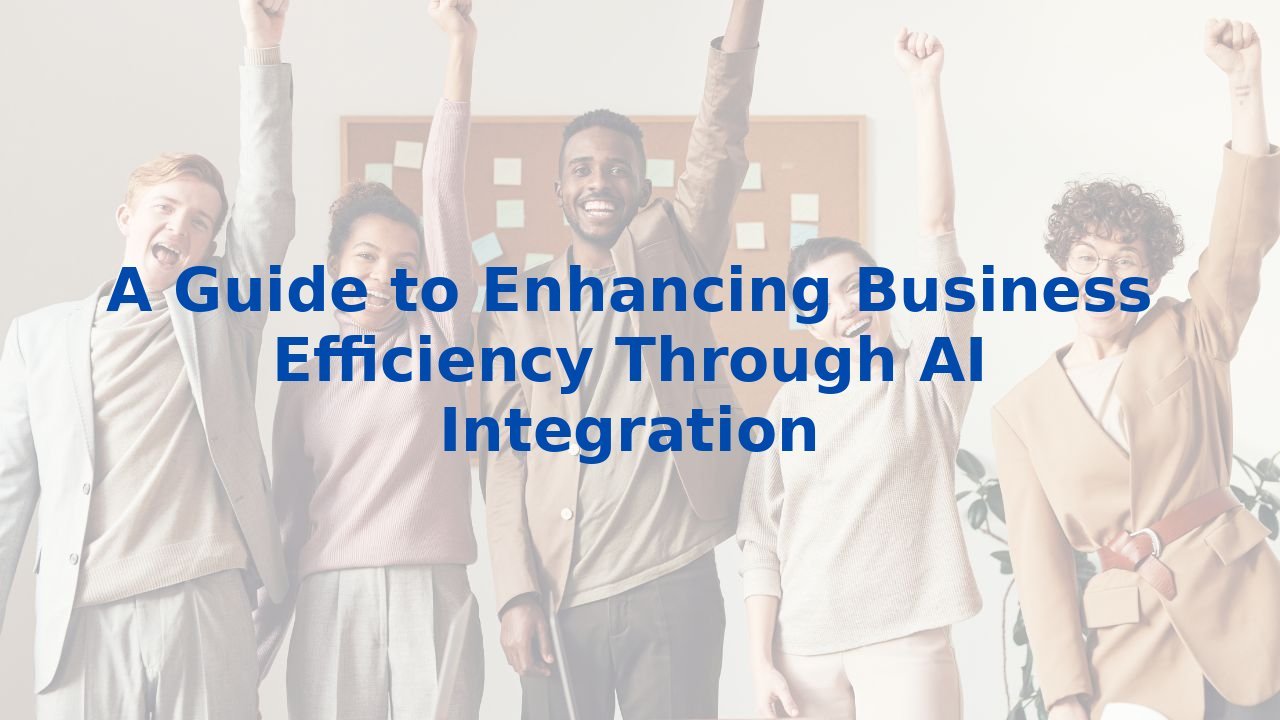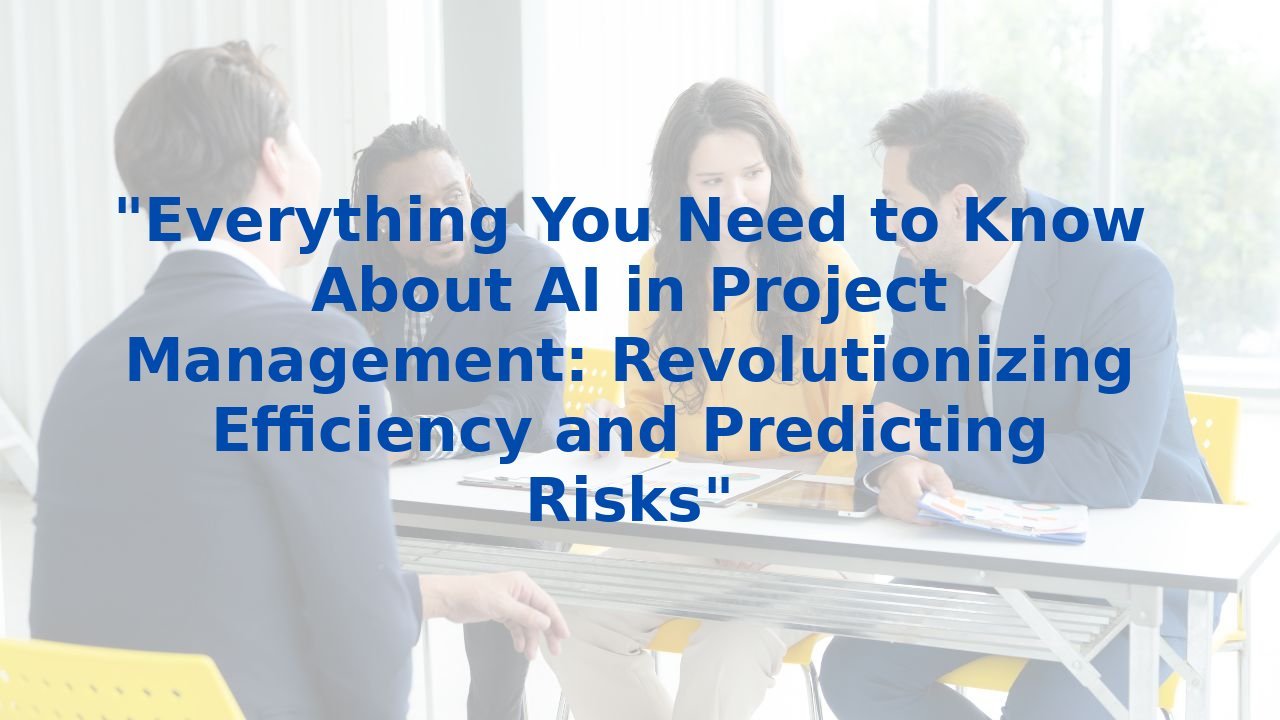A Guide to Enhancing Business Efficiency Through AI Integration
A Guide to Enhancing Business Efficiency Through AI Integration
Introduction to AI-Driven Business Models
In the rapidly evolving landscape of modern business, the integration of artificial intelligence (AI) is no longer just a luxury—it’s a necessity. AI is reshaping traditional business models, introducing machine learning and data analytics to streamline operations. Imagine a world where tedious manual tasks are automated and crucial decisions are driven by data-backed insights. This transformation isn't merely aspirational; it's attainable through the concept of the AI factory, a framework that continuously processes raw data into valuable insights.
Key Characteristics of AI Business Models
To fully appreciate the role of AI in improving business efficiency, it's essential to understand its core characteristics:
"A machine’s task is to take over monotony, while people focus on creativity." — Unknown
Algorithm Development
The backbone of AI lies in algorithm development. Businesses harness the power of data by building algorithms that recognize patterns and automate decision-making. This process entails collecting data, training machine learning models, and selecting the right algorithms that align with the business’s goals. Understanding the intricacies of the data at hand is critical for successful algorithm implementation.
Increased Automation
With AI, automation transcends basic functions—it revolutionizes workflows. AI automates repetitive tasks, allowing human resources to redirect their energy toward strategic initiatives. The beauty of this transition is not in redundancy but in enhancing employee engagement and productivity. Imagine employees no longer bogged down by mundane tasks but empowered to innovate.
Innovation
AI-driven innovation is multifaceted, promoting not just the development of new products but fostering an environment where teams can continuously explore and iterate. By strategically employing emerging technologies, companies can adapt rapidly to market demands, creating a culture of innovation that thrives on agility.
Benefits of AI in Enhancing Business Processes
The integration of AI into business processes isn't just a trend; it’s a game-changer. Here are some significant benefits:
Predictive Insights
AI excels at predictive analytics. By leveraging data to anticipate customer behavior and market trends, businesses can make informed decisions proactively—navigating potential risks before they materialize. It's like having a crystal ball that grants access to insights that guide strategic objectives.
Process Automation
Automation powered by AI elevates efficiency by handling high volumes of repetitive tasks with speed and accuracy. This capability doesn't just free up time and resources; it transforms the workflow, allowing teams to focus on complex tasks that require human insight and creativity.
Data-Driven Decision Making
The beauty of AI lies in its capacity for data-driven decision making. Integrating machine learning with data analytics offers an unprecedented understanding of operations and customer experiences. This means instead of guessing strategies, businesses can rely on solid data to formulate more effective approaches.
The Importance of Employee Training for AI
To truly unlock the potential of AI within organizations, employee training becomes vital. Here are a few reasons why investing in training is crucial:
Adaptation to New Technologies
As AI technologies become prevalent, comprehensive training is essential for employees to effectively integrate these tools into their workflows. By fostering a knowledgeable workforce, companies can ensure that they harness the true benefits of AI capabilities.
Enhanced Problem-Solving Skills
AI training empowers employees with the ability to analyze data, make predictions, and solve complex challenges. These skills not only drive innovation but also help organizations innovate sustainably and inclusively.
Improved Collaboration
When employees are adept at using AI tools, collaboration flourishes. Enhanced communication fosters a cohesive work environment where AI systems and human intellect harmoniously contribute to more effective decision-making processes.
Conclusion
As businesses navigate the complexities of today's digital era, embracing AI is not just about keeping pace—it's about leading the charge toward innovation and efficiency. The integration of AI technologies transforms operations, enriching decision-making and propelling organizations into a new realm of possibility. Moreover, training employees to work alongside AI tools is indispensable for maximizing these advantages and fostering long-term success.
For organizations eager to deepen their understanding of AI and its transformative potential, exploring comprehensive AI training programs can be the key. Resources are available to equip your workforce with the necessary skills, ensuring that your organization is not just surviving, but thriving in the age of AI. Discover how to enhance your team's capabilities and embrace the future with confidence.



